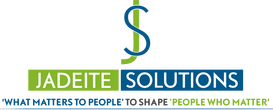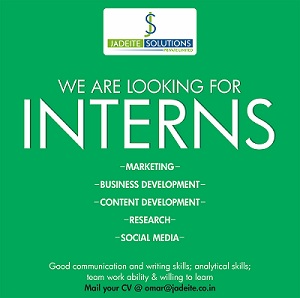The most important concern for organizations today is the poor speed of decision making. Forrester Consulting and Jama Software highlight the impact in their research – “One-third of all products are delivered late or incomplete due to an inability or delay in decision-making”. Gartner attributes ‘poor speed of decision making’ as the primary obstacle hindering internal communications
These small delays, though seemly inconsequential, when compounded over a period and consisting of thousands of decisions, lead to slow and painful death of the entity – accelerated in the current disruptive marketplace that has become a reality. Forrester estimates that 48 minutes are wasted waiting on decisions for every hour that the product team spends working on the product. So in a typical 8 hour workday, wait time account for 3.5 hours. Can any entity really afford this? If we avoid delivering products late to market, think of the possibilities for savings and new opportunities that we can capitalize on.
The traditional approach of reviewing internal processes, conducting root cause analysis (RCA), identifying gaps in knowledge or competency and suggesting a definite course of action, has met with limited success. Challenge is to get people to collaborate which is related to linking strategies with execution, goals to actions.
Franklin Covey, a global leader in effectiveness training, commissioned Harris Interactive to study organizational goals and priorities by polling 11,045 adult US workers. The results were starling and plausible reasons for slow decision making. Only 44% of the workers said they clearly understood their organizations most important goals, 19% had clearly defined roles and only 9% believed that their work had a strong link to their organizations top priorities. There is a definite lack of emotional connect wherein only 19% felt a strong level of commitment to their organization’s top priorities. Also the workers don’t stay on track. Only 49% of their time is spent on activities directly linked to their organization’s key priorities while 32% is spent on urgent but less important tasks and balance 19% on petty politics and bureaucracy. Just 12% of the respondents reported monthly review of individual performance with their manager. There is a definite lack of trust and willingness to collaborate. Just 31% expressed themselves honestly and candidly at work, while a high 66% accepted that they fail to collaborate for a “win-win” atmosphere. 51% felt collective lack of focus and execution on truly important goals. (source Business Wire)
Some companies embraced purposeful collaboration using technology to streamline decision-making. They implemented advanced collaboration technologies to create review processes that work in parallel with one another, resulting in reduced waiting time. Unique opportunities for making several decisions simultaneously arose when people were brought into process earlier than the cycle. The technical solution (construct) replicated social networking design, enabling communication in real time, to manage complexity. A central repository of everything related to the product (service) facilitated faster and better decisions. Encouraging active discussions between individuals working on related parts of the product (service) led to deeper insights. It became possible to identify instances of duplicate work or other (related) teams working on something similar, creating opportunities for implementing templates for core design elements. An individual was no longer required to make decisions in isolation but encouraged to seek expert advice where required.
On the people side, it involves sharing the big picture (vision), good understanding of organization’s top goals and priorities, encouraging more problem solving where employees take initiative to seek information rather than passively sitting back waiting to be assigned their next task, and making decisions in parallel. The traditional way of linear decision becomes irrelevant in today’s dynamic environment. It creates apathetic teams inept at coping with current times where decision making needs to be trans-formative not just effective.
This is only possible when there is clarity in organizational strategy, goals and how it’s going to be executed – the role that individuals are going to play in making that a reality. Closely tied is a need to foster an environment of trust and collaboration, where one is aware of her own self and the ability to work in teams.
It is imperative that people and technology come together to produce winning solutions.



